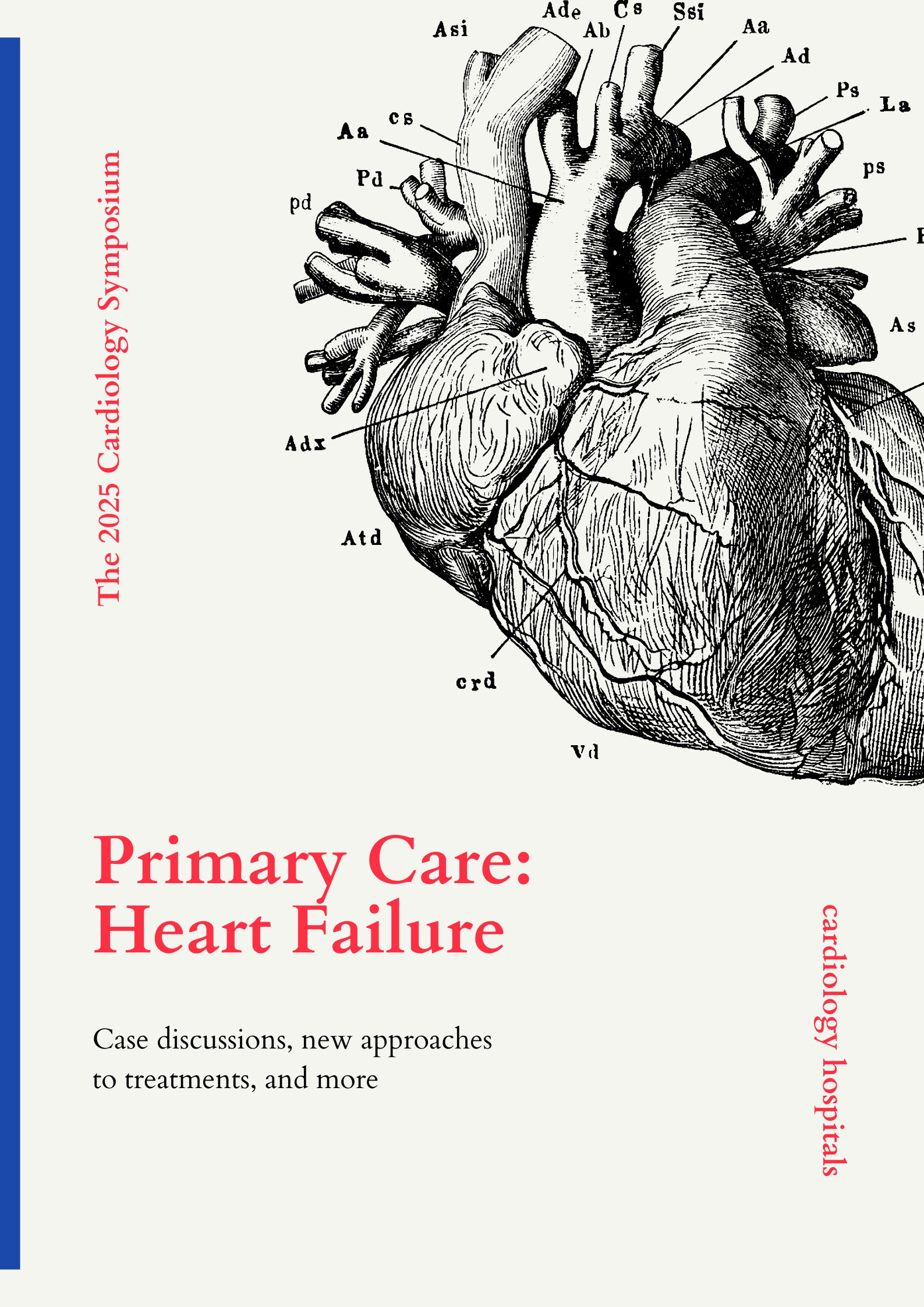Heart disease remains one of the leading causes of death worldwide. Yet, many people do not fully understand the various heart conditions, their symptoms, risk factors, and available treatments. Whether you’re trying to protect your heart health or support a loved one, understanding common heart conditions is a crucial first step. This guide offers a clear, comprehensive look at the most prevalent heart problems and how to manage them effectively.
1. Coronary Artery Disease (CAD)
Coronary artery disease is the most common form of heart disease. It occurs when the coronary arteries — the blood vessels that supply oxygen and nutrients to the heart — become narrowed or blocked due to the buildup of plaque (a mix of fat, cholesterol, and other substances). This process is known as atherosclerosis.
Symptoms:
-
Chest pain or discomfort (angina)
-
Shortness of breath
-
Fatigue with exertion
Risk factors: Smoking, high blood pressure, high cholesterol, diabetes, obesity, sedentary lifestyle, and a family history of heart disease.
Treatment: Lifestyle changes (diet, exercise), medications (statins, beta-blockers, aspirin), and sometimes surgical procedures like angioplasty or bypass surgery.
2. Heart Failure
Heart failure doesn’t mean the heart stops working completely. Rather, it means the heart isn’t pumping blood as effectively as it should. This condition can develop after other heart problems have weakened the heart muscle.
Types of heart failure:
-
Left-sided heart failure: Affects the heart’s ability to pump blood to the body.
-
Right-sided heart failure: Affects the heart’s ability to pump blood to the lungs.
-
Congestive heart failure: Fluid builds up in the lungs, liver, and other areas.
Symptoms:
-
Swelling in the legs, ankles, and abdomen
-
Shortness of breath, especially when lying down
-
Persistent coughing or wheezing
-
Fatigue and weakness
Treatment: Includes medications (ACE inhibitors, diuretics, beta-blockers), lifestyle changes, and in severe cases, the use of devices like pacemakers or heart transplants.
3. Arrhythmia (Irregular Heartbeat)
An arrhythmia is an abnormal heart rhythm. The heart may beat too fast (tachycardia), too slow (bradycardia), or irregularly. Some arrhythmias are harmless, while others can be life-threatening.
Common types:
-
Atrial fibrillation (AFib): The most common, causing irregular and rapid beating of the atria.
-
Ventricular fibrillation: A dangerous type that can cause sudden cardiac arrest.
-
Bradycardia: A slower-than-normal heartbeat.
Symptoms:
-
Palpitations (fluttering or pounding heart)
-
Dizziness or lightheadedness
-
Fainting
-
Fatigue
Treatment: Depends on the type. It may include medications, lifestyle changes, electrical cardioversion, catheter ablation, or the use of implantable devices such as pacemakers or defibrillators.
4. Heart Valve Disease
The heart has four valves that ensure blood flows in the right direction. Valve disease occurs when one or more of these valves don’t open or close properly. It can be caused by congenital defects, infections (like rheumatic fever or endocarditis), or aging.
Types:
-
Stenosis: The valve doesn’t open fully, limiting blood flow.
-
Regurgitation: The valve doesn’t close properly, allowing blood to leak backward.
-
Prolapse: A valve bulges back slightly and may leak.
Symptoms:
-
Shortness of breath
-
Fatigue
-
Chest pain
-
Swelling in feet or ankles
-
Irregular heartbeat
Treatment: Medications can help in early stages, but advanced valve disease may require surgical repair or valve replacement.
5. Congenital Heart Defects
These are structural problems present at birth, affecting the heart’s walls, valves, or blood vessels. Some defects are simple and may not need treatment, while others are complex and life-threatening.
Common types:
-
Septal defects (holes in the heart)
-
Valve abnormalities
-
Abnormal blood vessel connections
Symptoms in infants or children:
-
Rapid breathing
-
Cyanosis (bluish skin)
-
Poor feeding or growth
Treatment: Many congenital defects are corrected with surgery or catheter-based procedures. Lifelong monitoring is often necessary.
6. Cardiomyopathy
Cardiomyopathy refers to diseases of the heart muscle, making it harder for the heart to pump blood. It can lead to heart failure and arrhythmias.
Types:
-
Dilated cardiomyopathy: Enlarged and weakened heart chambers.
-
Hypertrophic cardiomyopathy: Thickened heart muscle, often inherited.
-
Restrictive cardiomyopathy: The heart muscle becomes stiff.
Symptoms:
-
Shortness of breath
-
Swelling in the legs or ankles
-
Fatigue
-
Dizziness or fainting
Treatment: Medications, implanted devices (like ICDs), or surgery. In advanced cases, heart transplantation may be required.
Protecting Your Heart: Prevention Is Key
Heart disease is often preventable. Here are key steps to maintain heart health:
-
Eat a heart-healthy diet: Rich in fruits, vegetables, whole grains, lean proteins, and low in saturated fats and sodium.
-
Exercise regularly: Aim for 150 minutes of moderate aerobic activity per week.
-
Avoid smoking and limit alcohol: These habits can severely damage the heart over time.
-
Manage stress: Chronic stress increases heart disease risk.
-
Control blood pressure, cholesterol, and diabetes: Regular screenings help catch issues early.
-
Know your family history: Early action is crucial if heart disease runs in your family.
Final Thoughts
Understanding common heart conditions helps empower individuals to make informed health decisions. Whether you’re at risk or simply seeking knowledge, awareness is the first step toward prevention, diagnosis, and treatment. If you or someone you know experiences symptoms related to heart disease, don’t ignore them—early detection can save lives. Always consult a healthcare professional for personalized advice and care.
